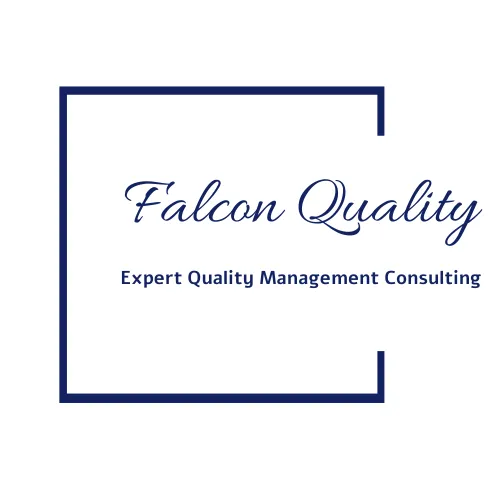
ISO9001 GAP Analysis Question 23 Resources for the QMS
To determine if your quality management system (QMS) meets the requirements of ISO 9001 Section 7 on "Support," you'll need to evaluate several key areas to ensure you have the right resources, people, infrastructure, and environment in place. Here’s a breakdown to guide you in assessing compliance:
1. Evaluate Resource Allocation and External Support (7.1.1):
Review whether you've identified all the resources necessary for establishing, implementing, maintaining, and continually improving your QMS. Start by assessing if you’ve documented an analysis of your internal capabilities and any limitations they may have. For instance, if certain skills or equipment are lacking internally, confirm if you’ve planned to acquire these resources from external providers. Gaps here might suggest that you’re either over-relying on existing resources or haven’t fully considered external support where necessary.
2. Assess Personnel Needs and Adequacy (7.1.2):
Ensure that your organization has determined the specific personnel needed for effective QMS implementation, operation, and control of processes. Check if there’s a clear record of required competencies, roles, and responsibilities to support quality objectives. Review staffing levels and qualifications in areas that directly impact quality, such as production, inspection, or customer support. If you find that some roles lack the required personnel or training, it indicates a gap in meeting this requirement.
3. Review Infrastructure Requirements (7.1.3):
Confirm that you've defined, provided, and maintained the infrastructure necessary to ensure process efficiency and product/service conformity. Check if there are up-to-date records detailing the physical and technological resources needed, such as buildings, utilities, equipment, transportation, and IT systems. Examine any recent maintenance logs or infrastructure assessments to ensure they support current operational needs. If certain pieces of equipment are outdated or if maintenance is irregular, this could indicate areas for improvement in your infrastructure planning.
4. Assess Environmental Suitability for Process Operation (7.1.4):
Evaluate if the working environment adequately supports the processes to ensure consistent product and service quality. This includes looking at both human and physical factors. Review if there are measures in place to create a non-discriminatory, supportive atmosphere (social factors), maintain low-stress conditions (psychological factors), and provide adequate physical conditions like lighting, temperature, and noise control. Check if you’ve documented any specific environmental requirements for critical areas, such as temperature controls for sensitive materials. A lack of attention to these environmental factors may indicate a gap in maintaining an optimal process environment.
By reviewing these aspects in detail, you’ll gain a clearer understanding of whether your organization’s current support provisions are in line with the ISO 9001 requirements. Identifying any areas where resources, personnel, infrastructure, or environment do not fully support quality objectives will highlight where adjustments may be necessary for full compliance.